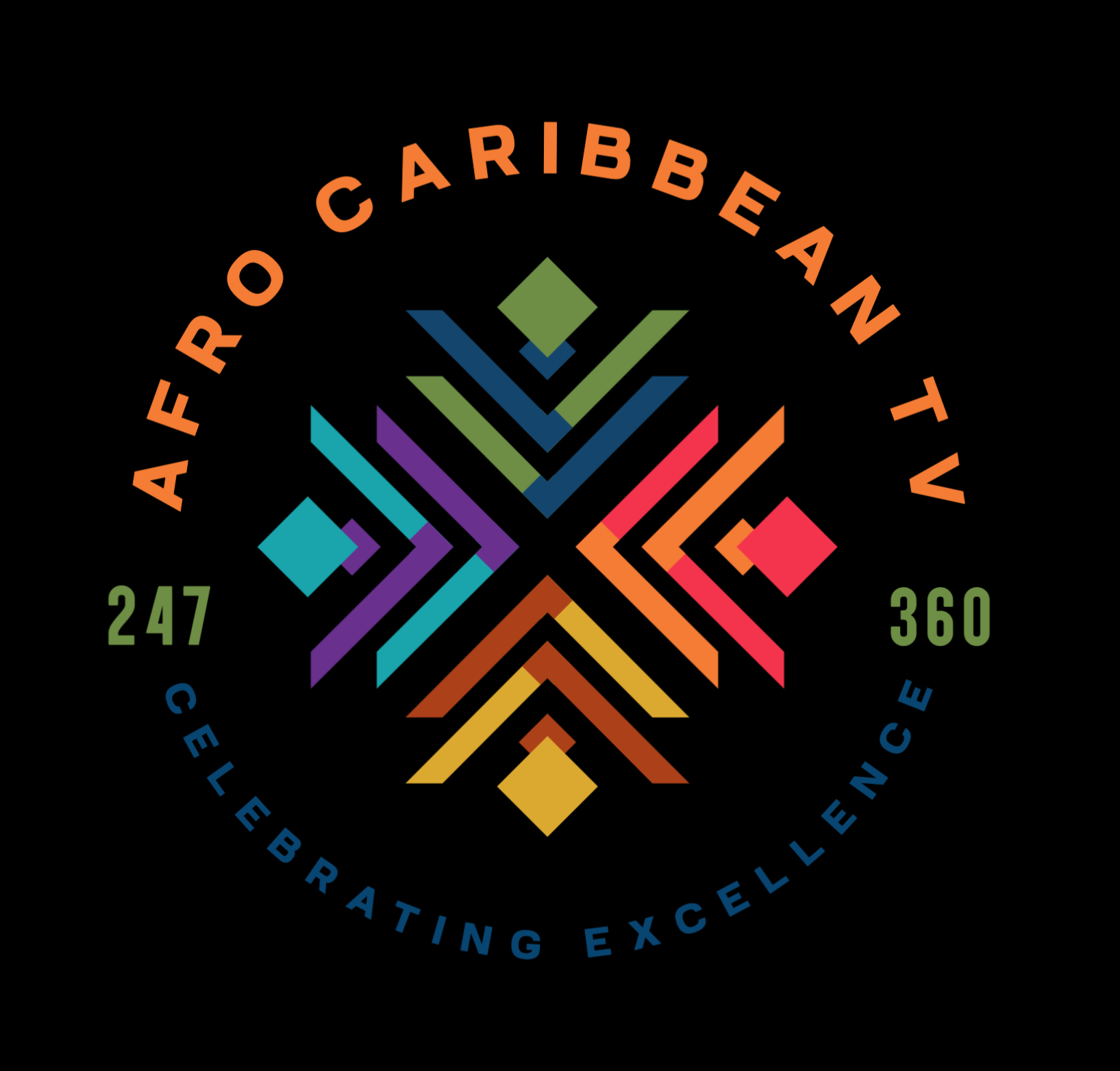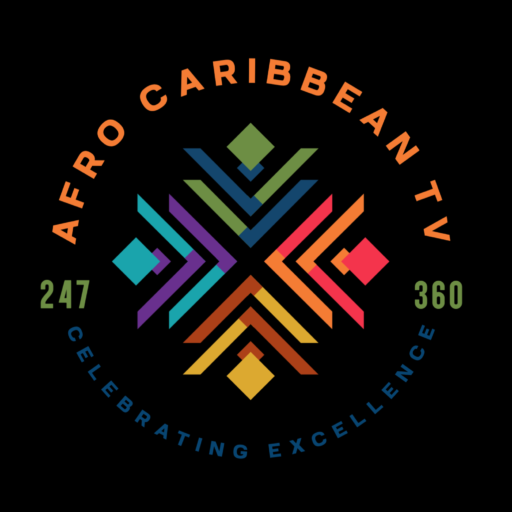The education system of the former Netherlands Antilles was modeled after the Dutch educational system, but adapted to the Caribbean context. Although the Netherlands Antilles was dissolved in 2010, the islands have retained many similarities in how their education systems are structured, with differences based on each island’s new political status.
General Features of Education in the Netherlands Antilles (before 2010)
Structure
The education system was divided into these stages:
- Early Childhood Education (Kleuteronderwijs)
- Ages: 4–6
- Similar to kindergarten; focused on play-based learning.
- Primary Education (Basisonderwijs)
- Ages: 6–12
- Duration: 6 years
- Focus: Basic subjects like math, language (Dutch and local), reading, writing, and social studies.
- Secondary Education (Voortgezet Onderwijs)
Divided into academic and vocational tracks:- VSBO – General Secondary Education (4 years)
- HAVO – Senior General Secondary Education (5 years)
- VWO – Pre-university Education (6 years)
- SBO – Secondary vocational education
- Higher Education (Hoger Onderwijs)
- Institutions: University of Curaçao, regional colleges, and teacher training schools.
- Many students also study in the Netherlands or the U.S. due to limited local options.
Languages of Instruction
- Dutch: Official language and primary medium of instruction.
- Papiamentu: Used increasingly in primary schools in Curaçao and Bonaire.
- English: Main language of instruction in Sint Maarten, Saba, and Sint Eustatius.
- Spanish: Taught due to regional importance.
Post-2010 Changes by Island
After the Netherlands Antilles dissolved in 2010, each island adapted education policies based on its new status:
Special Municipalities (Bonaire, Saba, Sint Eustatius)
- These islands follow Dutch education laws, though adapted for the Caribbean.
- Funded directly by the Dutch Ministry of Education (OCW).
- Focus on improving quality and Dutch language standards.
- Saba and Statia use English as the main language of instruction, with Dutch as a second language.
Autonomous Countries (Curaçao, Sint Maarten)
- They oversee their own education systems.
- Still broadly follow the Dutch model but with local adaptations.
- Education in Papiamentu and Dutch (Curaçao) or English and Dutch (Sint Maarten).
- Ongoing reforms to improve accessibility and quality.
Key Challenges
- Language issues – Balancing Dutch with local languages or English.
- Quality disparities – Between islands and between public/private schools.
- Limited higher education – Many students leave for universities abroad.
- Teacher shortages – Especially in specialized subjects.
Notable Institutions
- University of Curaçao (UoC) – Main public university.
- Saba University School of Medicine – Attracts international students.
- University of Sint Maarten (USM) – Small institution offering undergraduate programs.



